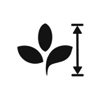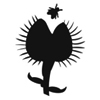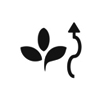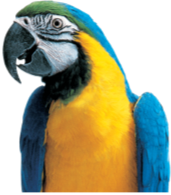Drosera binata - CarniDr08a
Drosera binata - CarniDr08a
Sundew binata (Drosera binata)) is a common carnivorous plant from the Sundew family. This Drosera also called Sundew stands out for its graceful forked leaves. With all the red leafs this exotic sundew is a pretty insect trap. Drosera binata is suitable for indoor and outdoor use.
This product is currently still in stock
Share this plant? Press on one of the following icons.
Sundew binata (Drosera binata), commonly known as the Forked Sundew, is a captivating carnivorous plant native to southeastern Australia, particularly Tasmania and Victoria. Drosera binata thrives in nutrient-poor wetland environments, where it captures insects for nutrition. The Forked Sundew features long, slender, forked leaves that can reach up to 12 inches (30 cm) in length. These leaves of Drosera binata are covered with glandular tentacles that produce sticky dew to attract and trap insects. The plant can display colors ranging from bright green to reddish, especially in full sunlight. It also produces delicate white to pink flowers on tall stalks during the growing season. Origin:Endemic to Australia, Drosera binata grows in cool, temperate climates, often found in wetlands, bogs, and damp habitats with acidic, low-nutrient soils. Its unique adaptations have made it an intriguing subject for botanists and carnivorous plant enthusiasts alike. For additional information about Drosera binata please check the Araflora product info below. The symbols will provide you with further details about this carnivorous plant.




Sundew binata (Drosera binata) thrives in bright, indirect light, with some tolerance for direct sunlight to enhance leaf coloration. Use distilled or rainwater, keeping the soil consistently moist but not waterlogged. Drosera binata prefers high humidity levels of 50-80%, so consider using a humidity tray or terrarium if growing indoors. Ideal temperatures range from 70°F to 85°F (21°C-29°C) during the day, with cooler temperatures at night being acceptable. Use a well-draining, low-nutrient soil mix, such as sphagnum moss and perlite.
Drosera binata captures insects for nutrition but can survive with minimal feeding; supplement with small insects if grown indoors. Ensure good airflow around the plant to prevent mold and fungal issues. The plant may enter a semi-dormant state during winter, so reduce watering slightly during this period. By following these care guidelines, your Drosera binata will thrive and display its unique forked leaves and beautiful flowers.








 10 cm
10 cm
 7 cm
7 cm












